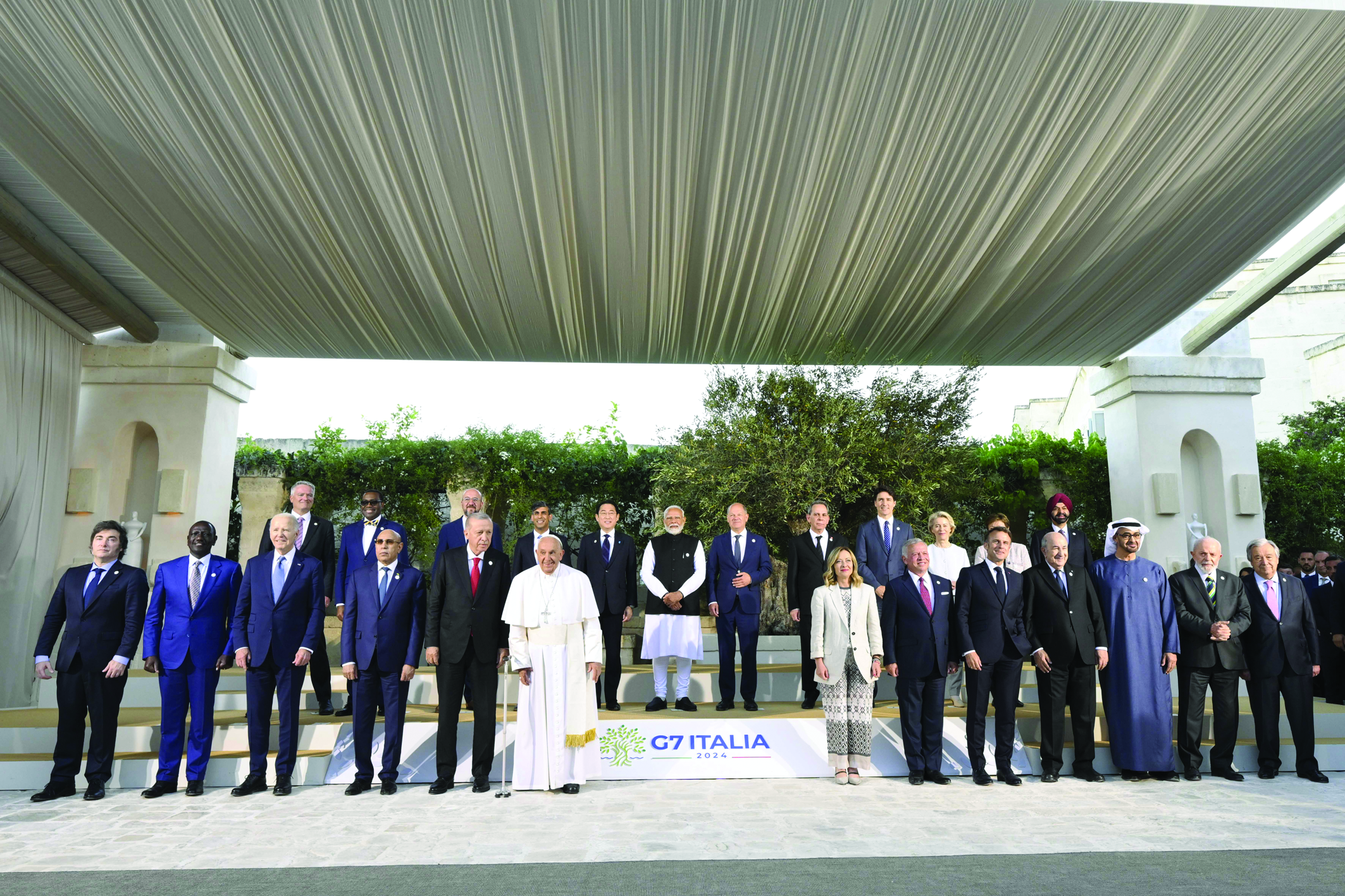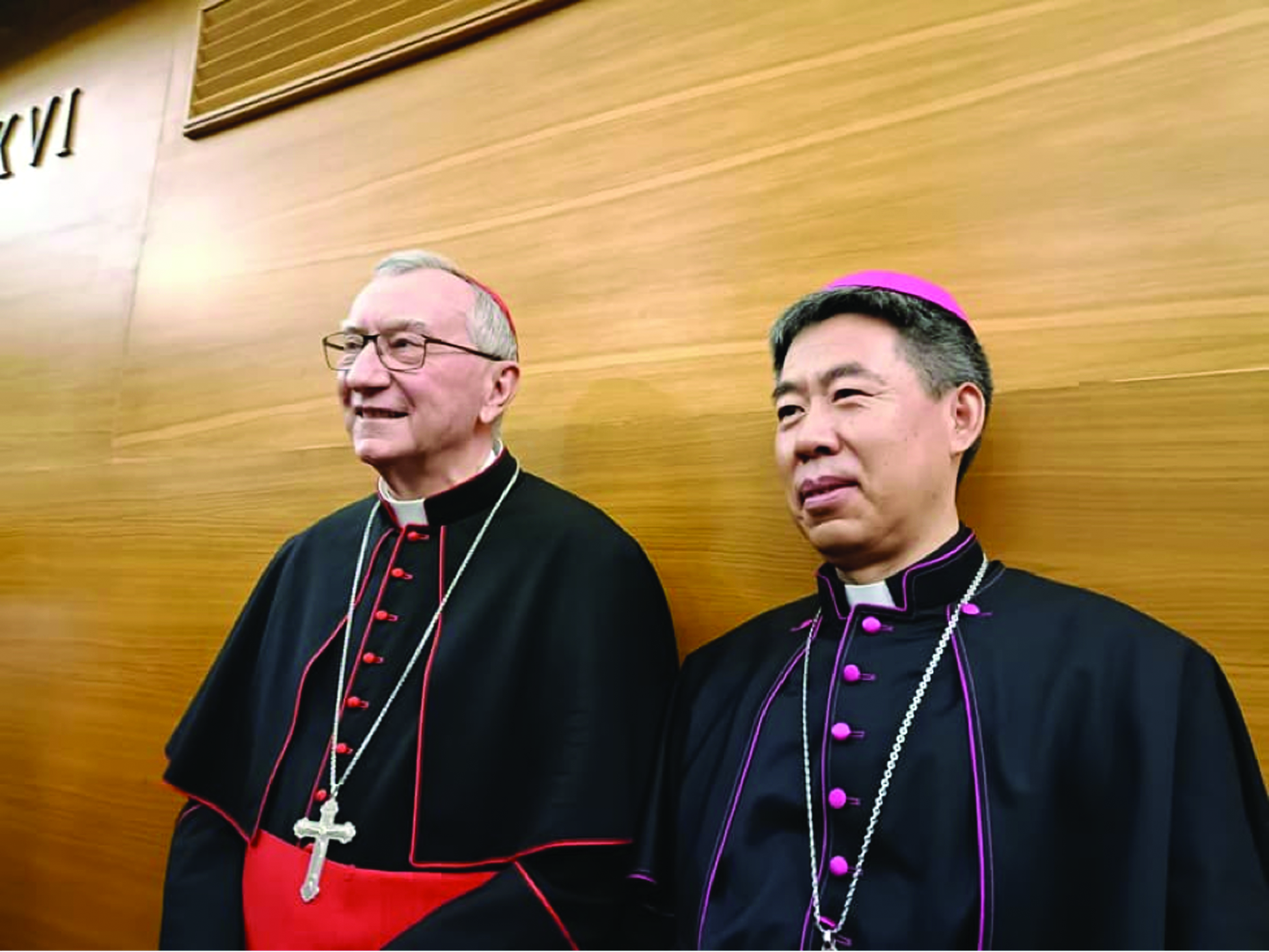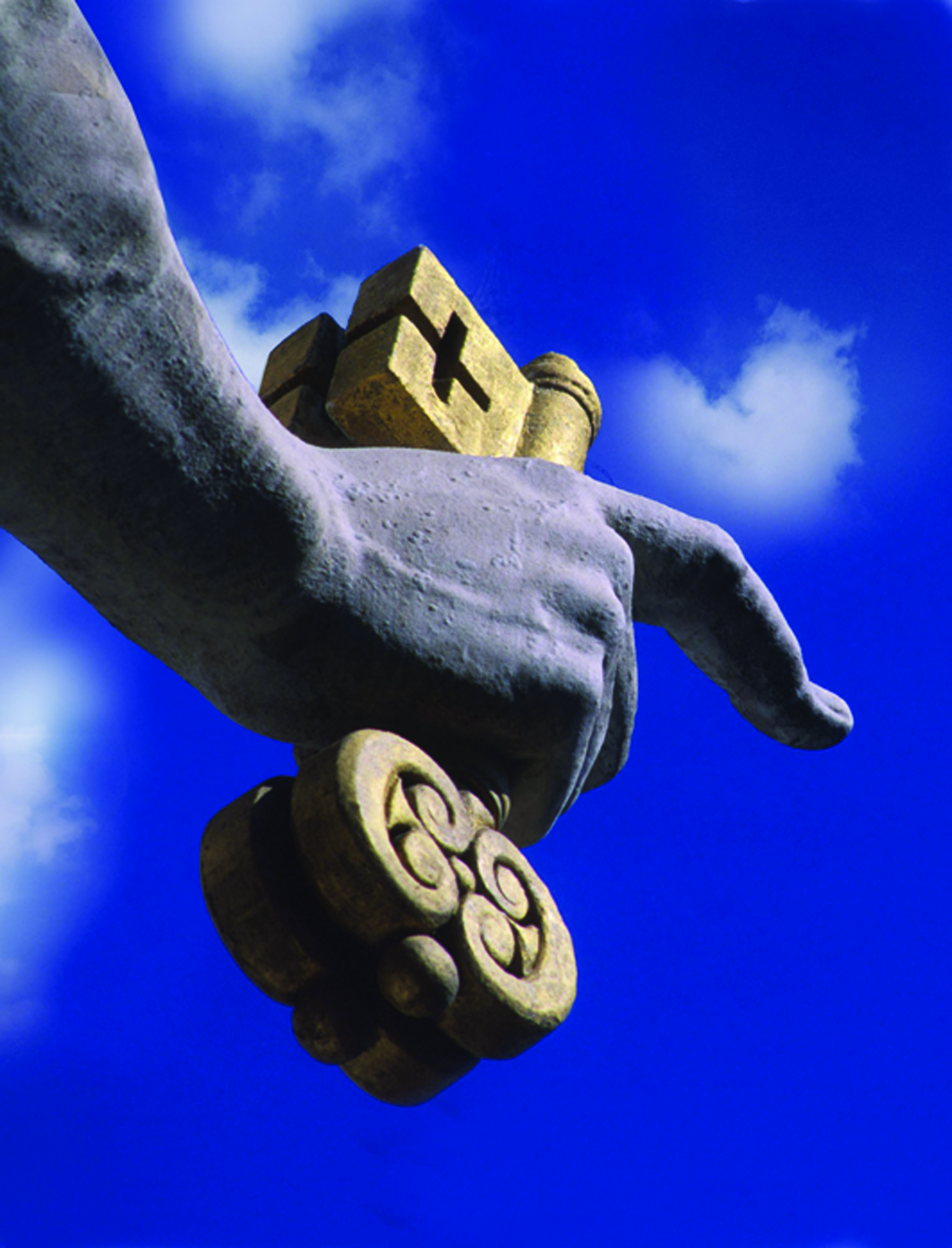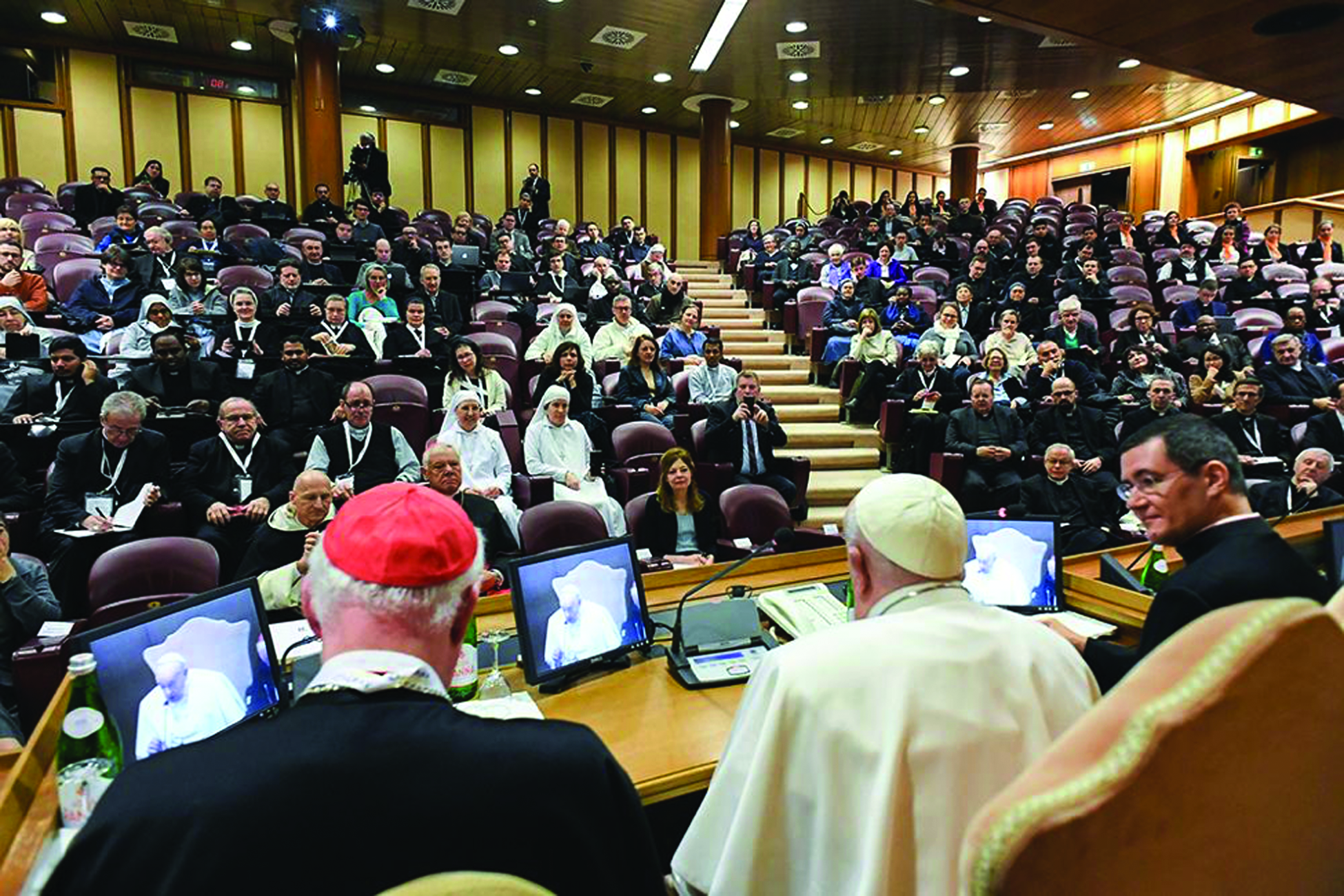The trips of a Pope who surprised us with his clarity, says his secretary, Msgr. Georg Gänswein.
When Benedict XVI traveled to Mexico and Cuba in March 2012 he set a record: he was the oldest Pope to make an international voyage. This explains much of the meaning of travel in the pontificate of the theologian Pope, who inherited the legacy of the traveling Pope John Paul II.
When on April 19, 2005, the College of Cardinals elected Joseph Ratzinger as the 264th successor to St. Peter, probably not many imagined that Benedict XVI would travel as much as his immediate predecessor. Ratzinger had just turned 78. As prefect of the Congregation for the Doctrine of the Faith, he had primarily devoted his time to the study and examination of texts. He was the “theological soul” of the pontificate of John Paul II, but he certainly was not a traveler.

Benedict XVI meets with journalists March 23, 2012 on the plane during his apostolic trip to Mexico (Galazka photo)
Yet he knew the world well. He had met it every day through the stories of bishops who came to his office to confide their problems to him and seek advice. Thus the Bavarian cardinal for almost 25 years came into contact with the Church in every part of the world.
At the beginning of his pontificate, Benedict XVI himself seemed to want to respond to the many requests for visits by sending his secretary of state, Cardinal Tarcisio Bertone.
Of course, at some events the Pope needed to be present himself, as in Cologne, at World Youth Day in August 2005, which brought young people from around the world for the first time after the death of the inventor of the World Youth Day. Benedict XVI accepted the heritage and proposed a “novelty”: Eucharistic adoration. It was the beginning of a new history for World Youth Days and for the Pope’s travel style.
Slowly the Vatican’s organizational machine adapted to the new style of the Pope. There were those who feared that the minimalist style of Benedict XVI might lead to empty squares and streets. Instead, one step after the other, the shy and reserved Pope surprised everyone and his travels became great successes. You could almost say that Benedict XVI “gave his best” on the big world stage, far from the Italian and Roman atmosphere of the Vatican curia.
Part of the “legacy” that Ratzinger collected and transformed from Wojtyła was the relationship with journalists who covered his international travels. John Paul II had “created” a new way to communicate with the press, taking advantage of the long hours spent in the air: a very direct manner, perhaps a little chaotic, to dialogue;
Q & A on topics of every kind, which later evolved into real press conferences. Benedict XVI, who as cardinal had accepted meeting journalists in a more meditated and quiet way, offered himself without fear to questions from his fellow travelers. Gradually the conversation became intense and turned into little lessons that Professor Ratzinger offered to the media: nothing dry or academic, because the Pope’s words were full of emotions, stories and comments.
History, theology, ecclesiology intertwined to give the press a key to understanding the journeys they were making, but the Pope also addressed the difficult themes reported every day in the media. He was quiet, sometimes distant. The Pope knew that communication is important, but he did not want to be drawn into controversy on specious ecclesial themes.
Yet Joseph Ratzinger seemed not to have been well understood by the media. Despite his frankness and openness to the press, many believed that he was unable to communicate. The truth was that Professor Ratzinger asked to be listened to calmly.
Obviously, these conversations did not exhaust the richness of the themes that the Pope dealt with in speeches during his travels, but they make it easier to navigate the teaching of Benedict XVI. A journey, in fact, in the heart of the “great enamored” who made Love and Joy keywords of an entire pontificate.
The Pope’s talks with the press during his apostolic trips are published in a book On the Plane With Pope Benedict, due out in March from the Vatican Press, with a preface by Archbishop Georg Gänswein. “These interviews,” writes Monsignor Gänswein, for eight years secretary of Benedict XVI and now Prefect of the Papal Household, “give a key to understanding what the Holy Father said in different journeys and in different countries. Not only that, there is also a lot of personal color, and this helps the reader to understand a more hidden aspect of the Pope. What appears here is not only the intellectual, but also the man, much more, of course, than in speeches or homilies.”
One of the greatest talents of the professor, the cardinal prefect, the Pope and the theologian Ratzinger was the clarity and richness of his thought and of his teaching, “a very deep sea,” comments Gänswein, “of which we sometimes see only one part, the surface. Any subject he has treated he has done so in a clear and understandable manner. When he speaks, his thought becomes clear immediately. And this is one of the greatest gifts of the Holy Father, who knows how to explain and expose difficult content in a simple, but not simplistic way. This applies in the speeches, in the homilies and also in direct contact. Just think of the former professor who taught catechism to children in St. Peter’s Square. Again, we see that there is no fear, but only his sincere and convincing simplicity.”






Facebook Comments